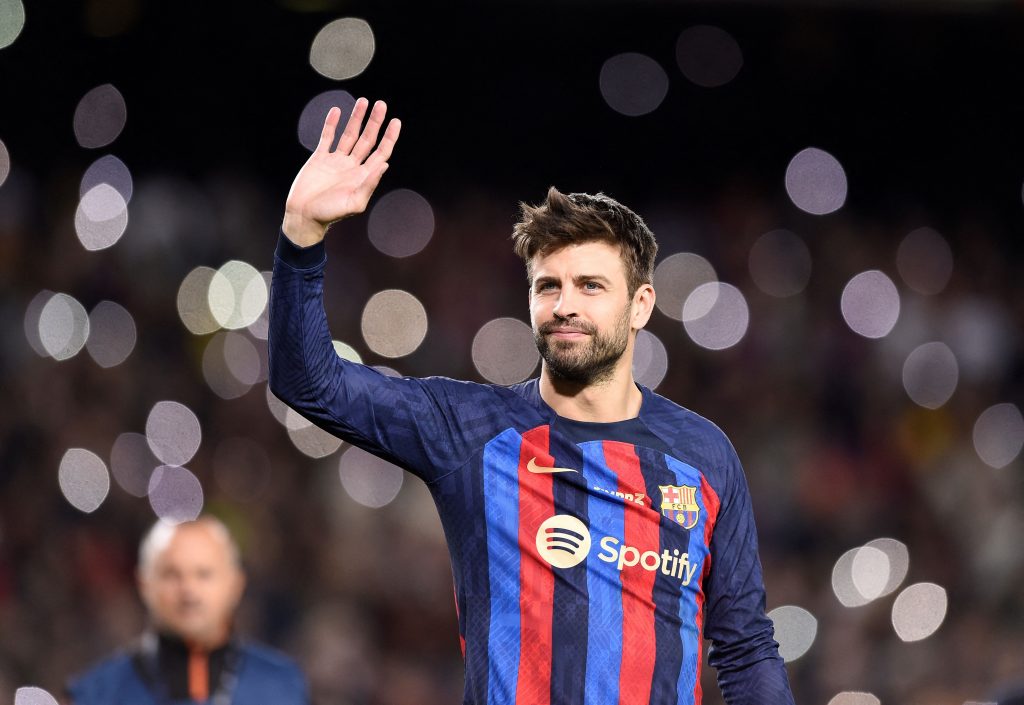Symbols have a special place in our world. They represent good and bad, and ominous and auspicious things alike. Symbols provide quick access to meaning, not to mention often holding more than the things they represent.
Yes, we think of symbols as primarily being objects, but more often than not, people take on these roles too. Think of your favourite musician or actor, what do they symbolize? It could be anything from the days you spent listening to them in your youth, or the times you watched their movies as a mature adult.
OPINIONSSempr3 Gerard Pique: An everlasting legacy at BarcelonaPublished 2 months ago on 11/11/2022By Jan-Michael Marshall
Photo by JOSEP LAGO/AFP via Getty Images
COMMENTTWEET
Symbols have a special place in our world. They represent good and bad, and ominous and auspicious things alike. Symbols provide quick access to meaning, not to mention often holding more than the things they represent.
Yes, we think of symbols as primarily being objects, but more often than not, people take on these roles too. Think of your favourite musician or actor, what do they symbolize? It could be anything from the days you spent listening to them in your youth, or the times you watched their movies as a mature adult.
The same applies to athletes; they may symbolize the teams they play for, but the best go beyond that. As a teary-eyed Gerard Pique left the Camp Nou for the final time, one cannot help but think of his legacy.
After 616 appearances, 36 trophies, and two La Manitas, what does Pique leave behind, and what does he symbolize for Spanish football, Barcelona, and the sport as a whole?
Here’s the story and legacy of Pique, a player that means more to Barcelona – and culés – than we realize.
An instant success
Pique’s illustrious career at Barca started in La Masia, where he played from as young as ten years old. But, when the time for promotion to the senior side came, he opted for a move to Manchester United.
Under Sir Alex Ferguson, Pique won the Premier League and Champions League, amongst various domestic cups. It was an overall successful spell for the young Spaniard, who was developing well under the bright lights of Old Trafford.
Nevertheless, he lacked a path to consistent playing time, given the dominance of centre-backs Nemanja Vidic and Rio Ferdinand.
As such, he returned to his boyhood club in the summer of 2008, marking one of Pep Guardiola’s first transfers as a manager.
Pique was an instant success – a rare feat for a young centre-back. He made 45 appearances in his first season, including starting the Champions League final against Manchester United, which the Catalans won 2-0.
As the 2009/10 season came, he took over the starting centre-back job alongside Carles Puyol. In their few seasons together, they represented an envied mix of power and finesse and would go on to lead Barcelona to a plethora of trophies, including another Champions League in 2011.
On the national level, Pique made his first appearance for Spain in 2009, and was an integral part of the most successful era in La Roja history, winning the Euros and World Cup back-to-back.
While he missed out on the Euro 2008 victory, he and Puyol were starting centre-backs throughout the 2010 World Cup. He also started alongside Sergio Ramos throughout Euro 2012 – playing every single minute in the tournament.
